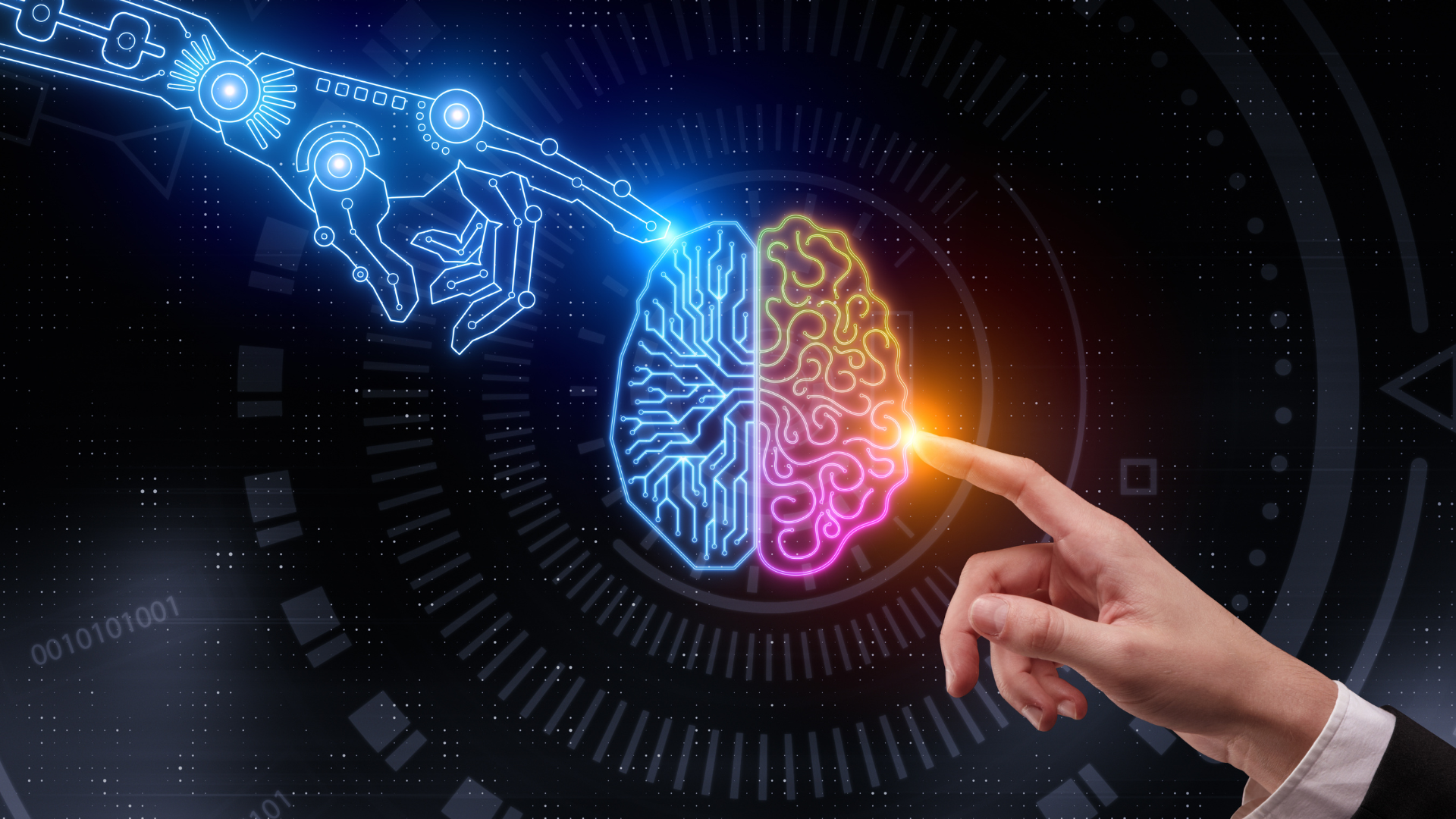
Key Features of AI and GI

Artificial Intelligence (AI)
AI, a vast area within computer science, aims to develop systems that can tackle tasks that usually require human intellect. These tasks encompass learning, logical thinking, solving problems, recognizing patterns, and understanding language. AI systems are crafted to mirror human cognitive abilities, enabling them to make decisions, enhance their knowledge, and emulate human intelligence.
Key Features of AI:
- Machine Learning: AI systems can learn from data and improve over time without being explicitly programmed.
- Natural Language Processing (NLP): AI can understand and interpret human language, enabling applications like chatbots and virtual assistants.
- Computer Vision: AI can interpret and understand visual information from the world, used in applications like facial recognition and autonomous vehicles.
- Robotics: AI is used to control and program robots, enabling them to perform complex tasks.
Applications of AI:
- Healthcare: AI is used for diagnostics, personalized treatment plans, and robotic surgery.
- Finance: AI powers fraud detection, algorithmic trading, and customer service automation.
- Retail: AI enhances customer experiences through personalized recommendations and inventory management.
- Manufacturing: AI optimizes production processes and predictive maintenance
Generative Intelligence (GI)
Generative Intelligence (GI) is a type of Artificial Intelligence (AI) that specializes in producing novel data or content. GI utilizes methods that empower machines to create text, images, music, and other media. The foundation of GI lies in generative models like Generative Adversarial Networks (GANs) and Variational Autoencoders (VAEs). These models are crucial in the field of GI.
Key Features of GI:
- Creativity: GI systems can create new and original content, such as artwork, music, and text.
- Generative Models: Techniques like GANs and VAEs enable the creation of high-quality, realistic data.
- Unsupervised Learning: GI often involves unsupervised learning, where the model learns patterns and structures from the data without labeled inputs.
Applications of GI:
- Art and Design: GI can generate original artwork, designs, and animations.
- Content Creation: GI is used for writing articles, generating marketing content, and creating virtual environments.
- Entertainment: GI powers game development, music composition, and film production.
- Data Augmentation: GI creates synthetic data to enhance machine learning models, especially when real data is scarce.
Comparison Table
| Feature | Artificial Intelligence (AI) | Generative Intelligence (GI) |
|---|---|---|
| Focus | Performing cognitive tasks | Creating new and original content |
| Key Technologies | Machine Learning, NLP, Computer Vision, Robotics | GANs, VAEs, Transformers |
| Learning Type | Supervised, Unsupervised, Reinforcement Learning | Primarily Unsupervised Learning |
| Applications | Healthcare, Finance, Retail, Manufacturing | Art, Content Creation, Entertainment, Data Augmentation |
| Creativity | Mimics human decision-making and problem-solving | Emulates human creativity |